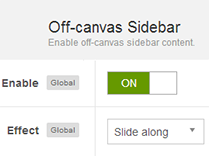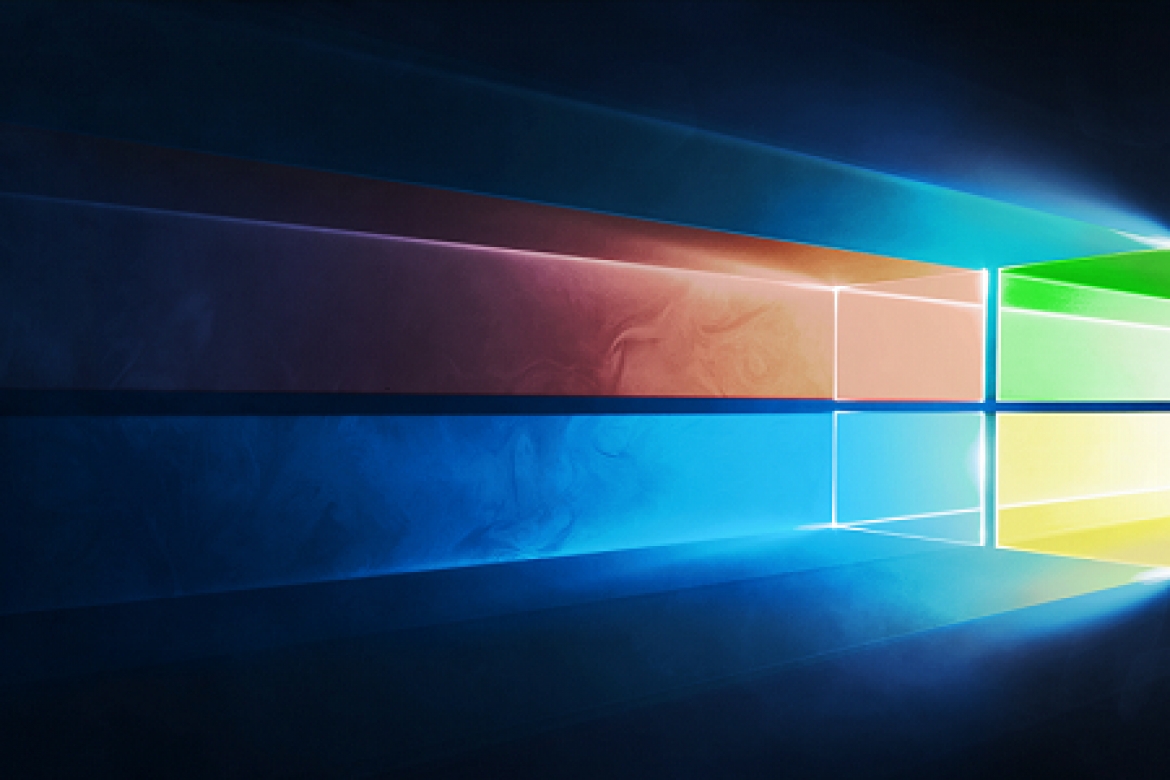Note: Article originally written on 6th April 2014
I completely understand, and in fact am often victim to, the seemingly inherent human resistance to change. Psychologists would probably write volumes concerning this subject matter; as I am not a psychologist, I will not. My take on it is simple, and is based on what I have observed in my time on this planet. Homo Sapiens, we are creatures of habit. Creatures of routine. We find comfort in a life of routines that we are well versed with. Change, inevitably, comes with unknowns, and therein lies our problem. We do not like unknowns, because an unknown may come with good or bad eventualities. We generally like what we are accustomed to. We generally do not like changes to even a minutely comfortable status quo. The bigger the change, the more we don’t like it.
However, there is a caveat here. We tend to more strongly oppose change we do not understand, or change whose benefits are either far off, unclear, or even uncertain. On the other hand, change whereby the benefits are smack dab right in front of your face, change whereby we can easily see how we will be better off, we control our inherent resistance. For instance, when moving from your apartment to the house you’ve just finished building, yes you will have that oh so cliche moment of standing on the foyer and giving one last sighing look around the empty room (has any moment been more milked in the acting world than this?), or when your kids are off to university, that moment when you are driving away from the school watching your kid waving back at you through the rear window (again!!), we control our internal resistance because we know the change is for the best. Yes we still feel the reluctance (even in the face of clearly beneficial change, which briefly brings me back to my suggestion that this may be an inherent quality, a genetic predisposition to stay in routines that we are well versed with as we know the outcome of these routines will be survival and reproduction, as opposed to change which could easily with its unknowns not have these genetically desired results…but I digress), yes we still experience the melancholy, but we allow these their requisite moments, and then move forward and accept the change.
Which brings me to my point today. My selected means of illustration will be that company that virtually everyone regardless of age has experienced – Microsoft. We all have used some version of Windows, whether it was MS Dos (yes grandpa, I know about MS Dos), Windows 95 or Windows 7. Microsoft’s dominance of the desktop operating system market, which up until just a decade ago was virtually the only operating system market, has meant that the whole world is familiar with Windows. Now Microsoft may have completely dropped the ball with transitioning their product delivery to the advent of a brand new sector of the industry, mobile computing (may being a massive understatement here), but when they did eventually take their head out of that hole in the ground and realize that the computing world has actually changed and is not going back, the results in my view were tremendous. Probably few may appreciate the effort, talent and sheer will it takes to completely change the mindset of a decades old mega machine set in its ways and gear it towards creating sensational brand new products as opposed to modestly upgrading products they have had on the market for years and years. Apple only managed to do this because of Steve Jobs. Let’s be honest, even quite a number of the new companies to the computing market, think Samsung et al, are where they are because of Steve Jobs. Microsoft has no Steve Jobs (sorry Bill), and as such I feel credit need be given where it is due. The reorganization of Microsoft to where it is currently has been, although not without its small failures, pretty amazing. One just needs to look at their recent product offerings to understand this.
Which brings me in my very round about way to my focal point today. Windows 8. I am a visual creature. It only takes a look around the modern workplace with a focus on the prevailing length of the office skirt today to appreciate that both men and women are visual creatures (call me a male chauvinist but let’s not bullshit each other and call a spade a big spoon okay?). Windows 8 is a breathtaking visual experience. The use of colors to enhance the experience is both ingenious and unprecedented. The tile presentation is simply revolutionary: different colored tiles that constantly update their content right on your desktop, complete with beautiful combinations of both high resolution images and text? All left in the freedom and control of the app developer? Brilliant. Microsoft is using its own creativity to enhance and instigate creativity in app developers around the world. All this is before even launching an app! When you eventually do tear yourself away from that start menu and start an app, the experience heightens. Windows 8 apps are simply beautiful. Again, the colors are just vibrant and the minimalist approach to the apps just enhances the impact of the big and little things that have simply been turned upside down since the last edition of Windows. Apps by default open in full screen, with icons and menus hidden away for maximum visual impact.
I really could go on and on about the user experience but let me (puts away the lube) get to the point: what is wrong with the supposed pundits of the tech world? Since the launch of Windows 8, all I hear is where is the old desktop, where is the old start button, where is the old task bar. Seriously? The pundits complained incessantly about how archaic Microsoft refuses to change with the ages, and when they did change, they do nothing but complain why have they changed? As I mentioned before, I understand the inclination to oppose change, but this whole scenario seems to me akin to getting a brand new Rolls Royce from your wife or husband, but electing to continue driving your jalopy because it’s what you know. Windows 8 trounces the previous versions of Windows in almost all aspects. The desktop? That old home page with the shortcuts to your programs and an image in the background? Are you kidding me? The start screen is that and so much more! You still have your shortcuts, but they are much larger, what Microsoft calls tiles, literally alive, with a much deeper impact and actually where relevant preview the content in the app. Furthermore the content changes, so for instance with news apps, breaking news are run through the tile with images. How is this not a hefty upgrade to the stagnant little shortcut, one image background desktop? Why would anyone even want to see that desktop again after experiencing the start screen with its live tiles? Why would you, after sitting in the cockpit with its premium wood grain and leathers so new you can hear the cow moo (sorry animal activists) want to get back in your jalopy with its funny smells, dodgy stains, rotting seats and rattling noises? You may attach all the sentimental value you want but the fact remains it will neither drive smoother, nor faster, nor look better. And that is precisely what Windows 8 is; smoother, faster, much much better looking. Worse still, what is this obsession with the start button? Can we please state what the start button did in previous versions: produced a list of programs. Ahem – tiles?? What precise use are the start button and the previous start menu in Windows 8? Am I missing something here? Can someone please point out to me what exactly that was in either of those two is not present, albeit in a much better form, in Windows 8? The exact same point applies to the task bar. All these previous features have been made redundant by the sheer brilliance of the Windows 8 start screen.
Windows 8 is progressive. That is indisputable. Yes it has its drawbacks, but those are the kinks in every product out there that will be ironed out. Microsoft themselves need to stop listening to the pundits that shout the loudest. On this note, I found it quite disappointing that Microsoft would allow resistance to change so far as to bring back old, redundant features, unsuccessfully forcefully integrating them, so as to appease the noise makers. I feel Microsoft need to take a more Apple-esque approach; with tech, the customer has no idea what they want. It’s up to us to show them. Unreservedly so.
On a final note, watching Microsoft CEO Satya Nadella at the 2014 Microsoft Build Conference, I finally feel they are in the process of harnessing the immense potential that the conglomerate holds. Listening to him speak about concerting efforts on unifying the experience across the Microsoft ecosystem, from Windows OS and Phone to Xbox, Surface to Office, delivering new technologies such as Kinect with its mind boggling applicability consistently across these platforms, listening to his focus on the leverage Microsoft holds on the market with their complete product offering in use on over a billion devices around the world and their pressing need to tap this existing client base even as they innovate, I finally feel Steve Balmer’s strategic change of direction for Microsoft before his exit, One Microsoft, from a series of departments and products each industry heavyweights in their own right competing internally on revenue and for resources, to an organization-wide mentality of synergism with a view to delivering a far more lethal competitive blow, is receiving the breath of life it needs to give us, the consumers, the simply amazing experience across the present day plethora of platforms and devices that very few organizations out there are in a position to do.
I started this piece talking about the power of change. Microsoft is but an illustration from within my world of this power.
We as a species need to hone our ability to recognize when change is progressive, learn to ignore that niggling don’t do it feeling, and embrace it. Our survival as a species has been dependent on it; now our advancement as a species to currently unimaginable realms is hinged on it.



